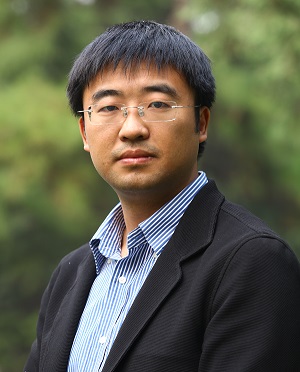2022-06-20
来源:Cities Volume 128, September 2022

唐杰|中国十大娱乐赌博城网址副教授
Highlights
•The total expendituressignificantly increase an individual’s fertility intention in China.
•Educational expenditures increase the fertility intention. However, the social security expenditures lower the fertility intention.
•The effect of public spending on fertility intention varies by gender, hukou status, whether having a child and the first child’s gender.
Abstract
The aging population problem caused by low intention to give birth has already appeared in China and will become more severe in the future. Even with the gradual implementation of the two-child policy, there is still no significant change in the intention to have more children. Using data from the 2017 Chinese General Social Survey (CGSS) and after consolidating city-level data from China " s City Statistic Yearbook and the CEIC database, this study conducted ordered probit regression analyses to investigate whether the public expenditure of local governments could significantly affect an individual " s fertility intention to have a second child or more. Our results show that overall government expenditure increases fertility intention. Quantitatively, an increase of 10,000 yuan per capita in government expenditure would lead to an increase in fertility intention from 2.357 to 3.407 children. In addition, specific forms of government expenditure, except for social security expenditure, could increase fertility intention. Finally, we explored the effect heterogeneity of public spending on fertility intention from different aspects. The government still plays an essential role in an individual " s fertility intention, but the effect of costs and expenses being borne by the government on increasing fertility intention will be significant.
Keywords
Public expenditure、Fertility intention、Two-child policy、China

